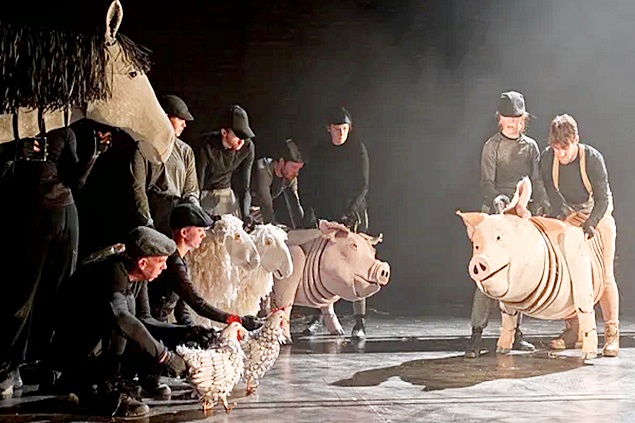
In 2022 compared to 2021, the numbers of sheep, goats, and poultry increased, while the numbers of cattle and pigs decreased.
Regarding the numbers of sheep and goats, Romania ranks second among the European Union member states.
The total number of cattle and the breeding stock (milk cows, heifers for reproduction, and replacement heifers) on December 1, 2022, decreased by 0.7% compared to December 1, 2021. The total number of pigs and the breeding stock (sows for fattening) decreased by 7.8% and 4.9% respectively.
Both the total number of sheep and goats and the breeding stock (ewes, lambs, and goats) increased by 1.0% and 1.2% respectively. The total number of poultry increased by 1.5%, while the number of adult laying hens decreased by 0.5%.
The evolution of animal numbers from 2006 to 2022 shows a continuous decrease in the cattle population from 2006 to 2011, reaching 1,988.9 thousand heads.
From 2011 to 2022, the cattle population remained relatively stable, representing 61.8% in 2022 compared to 2006.
The pig population continuously decreased, reaching 49.0% in 2022 compared to 2006. The numbers of sheep and goats had a fluctuating trend, reaching 11,692.1 thousand heads in 2022, an increase of 39.1% compared to 2006.
In terms of cattle population, Romania ranked tenth in the European Union, following France, Germany, Ireland, Spain, Poland, Italy, the Netherlands, Belgium, and Austria. Regarding density per 100 hectares of land, Romania ranked twenty-first, followed by Bulgaria.
In terms of pig population, Romania ranked ninth in the European Union, following Spain, Germany, France, Denmark, the Netherlands, Poland, Italy, and Belgium. Regarding density per 100 hectares of land, Romania ranked nineteenth, followed by Slovakia, Lithuania, and Bulgaria.





